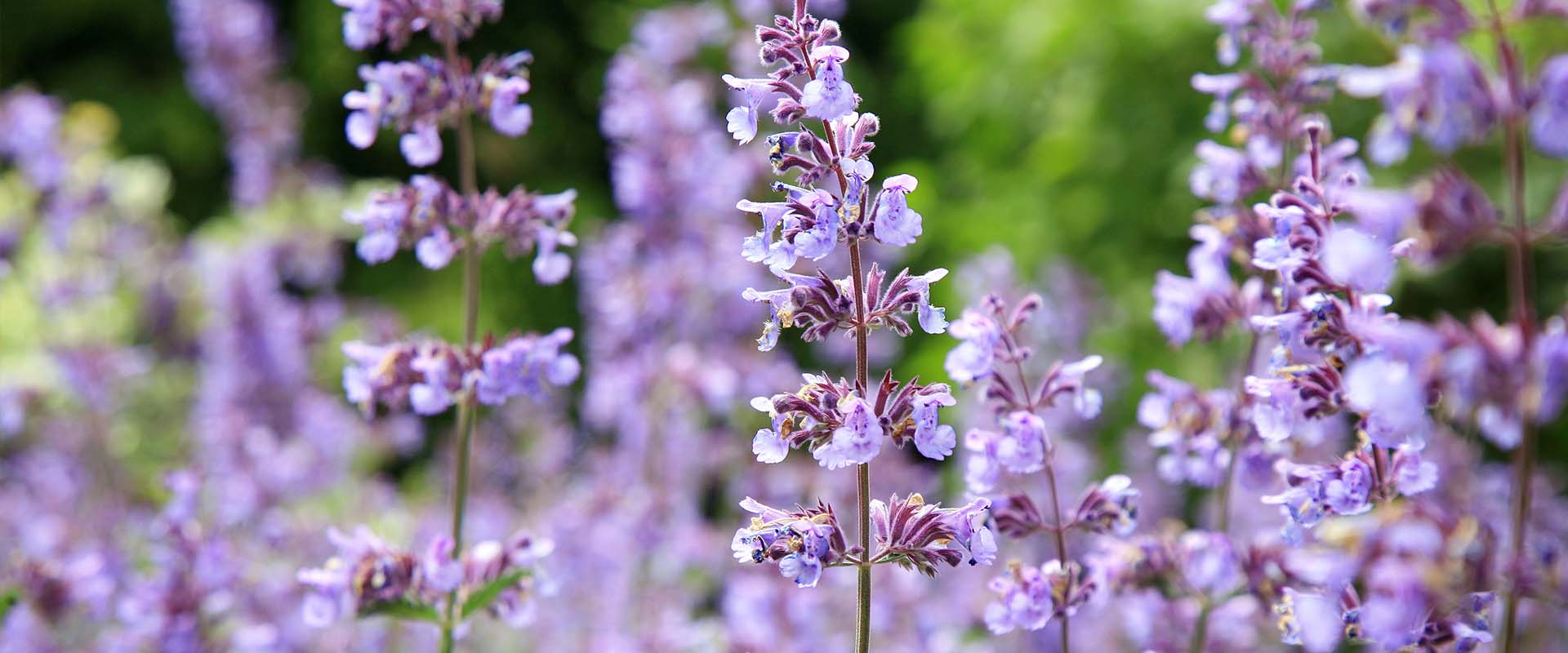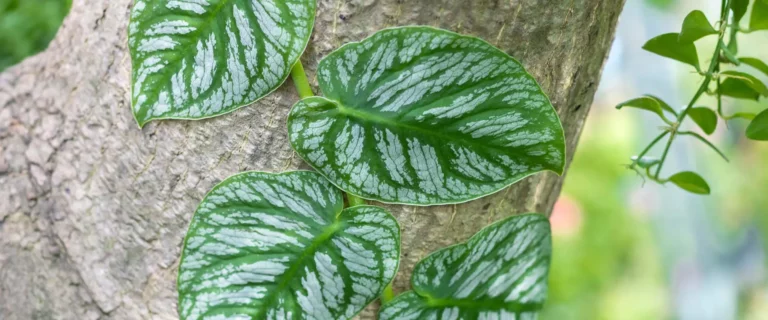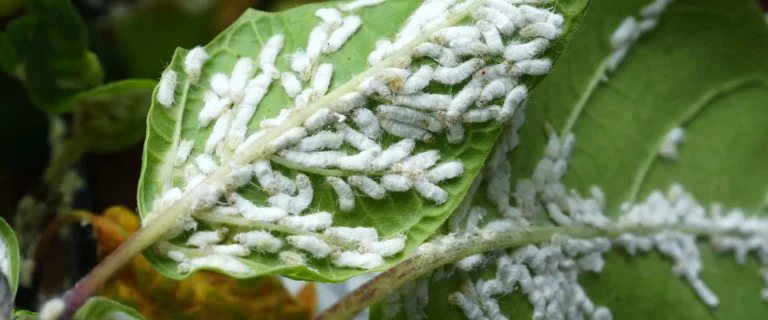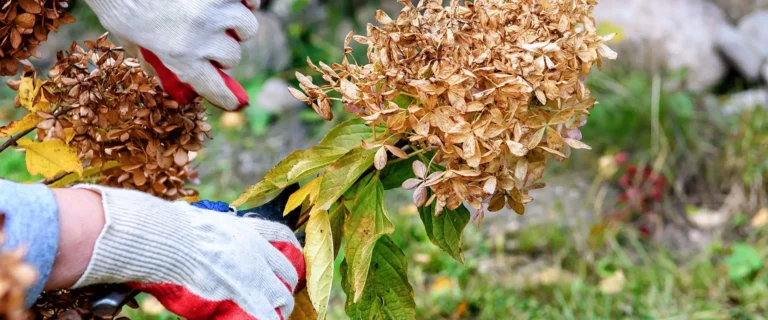Interested in a super popular, ornamental perennial? Sean, our horticulture expert, is also a fan of catmints, (botanical name is Nepeta), not to be confused with catnip, although they are related. Why are catmints so popular? Well, they check a lot of boxes for gardeners.
Catmints are hardy.
Sean, as you can imagine, gets asked questions all day every day that concern problems people are having with their plants, and he has rarely—if ever—heard anyone say they were having problems with their Nepeta.
Catmints bloom for a long time.
Many perennial plants don’t bloom for very long. The catmints start to “bloom up” in Connecticut at the beginning of May and the color show continues through the beginning of July. That’s a good two months. For the first bloom, that is… After they bloom, the plants continue to grow, “flopping all over the ground and looking like a mess” (Sean’s description). If you want to avoid that, cut them back when 80 to 90% of the blooms are spent. In fact, cut them back at least in half. That’s going to promote fresh new growth, they’ll stay compact and tidy for the rest of the summer, and best of all, they’ll produce more flowers, giving you a second show. That’s also a great time to give them some food, and Espoma Plant-tone is a good organic choice.
Catmints have a very appealing color.
Sean asks, “Who doesn’t like purple?” He suggests that the light purple shade works well with any perennial theme that you might have going.
Catmints are attractive to pollinators.
Although they’re not natives (their home is western Asia), catmints are adored by bees, butterflies and hummingbirds. Also, these non-native perennials are well-behaved plants; they’re not invasive or a problem in the garden.
Catmints are drought tolerant.
Hot, dry locations, or a place in the garden that doesn’t get a lot of irrigation, isn’t an issue for these hardy plants. Just don’t put them in shady spots or excessively wet soil; while a lot of mints love wet soil, catmints do not.
Catmints are resistant to “animal browsing.”
Deer won’t eat them. Rabbits won’t eat them. Woodchucks won’t eat them. No need to spray these plants! If you have a deer problem and need a colorful plant, catmints are the answer.
Give catmints the proper room to grow.
Catmints can grow three feet wide; Sean says to be careful with your spacing and watch that you don’t plant them too close to their neighbors. On that note, the Walker’s Low variety has a confusing name; it is not “low” or compact, and is actually one of the bigger catmints, growing 24 to 30 inches tall. These would be a great choice in a mixed perennial garden. There’s also a medium-sized variety called Junior Walker that grows 15 to 18 inches tall.
If you’re looking for even more compact varieties, some of Sean’s favorites include Little Titch and Felix; both grow just 12 inches tall and 2 feet wide. Sean says these are great in smaller spaces, along edging or around a mailbox.
Dwarf catmints are great alternatives to lavenders.
Sean advises trying catmints if you have tried growing lavender and failed. (And who hasn’t?) You won’t have the experience of introducing plants into the garden and then having them die the following winter, as often happens with lavender.









